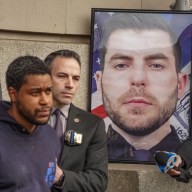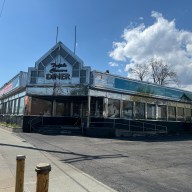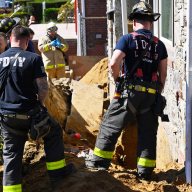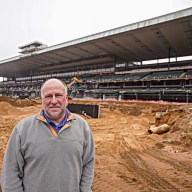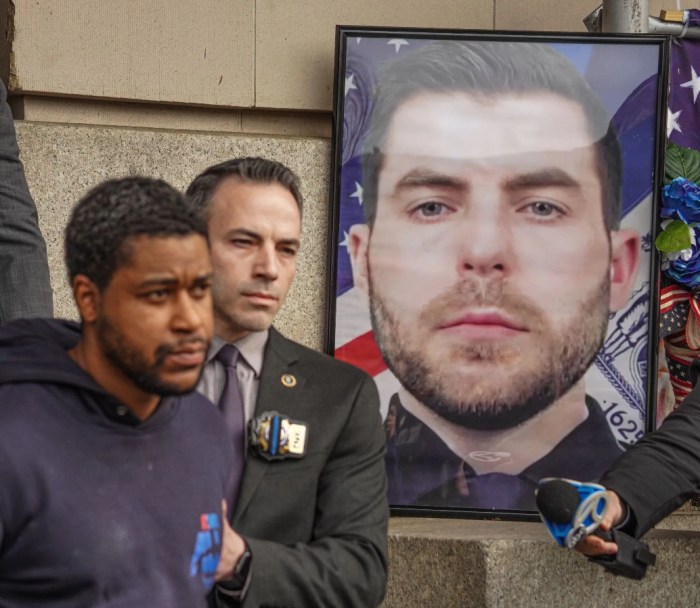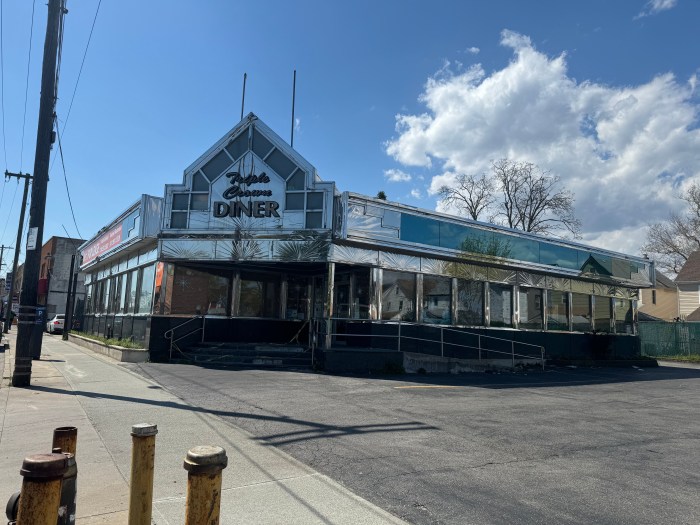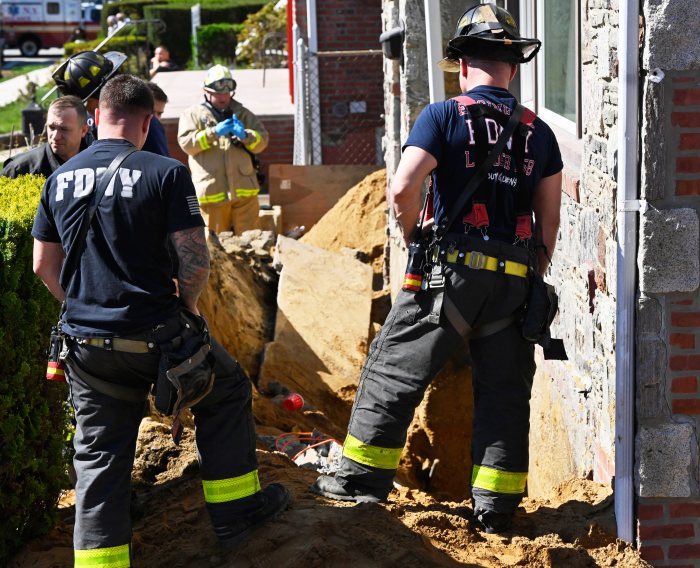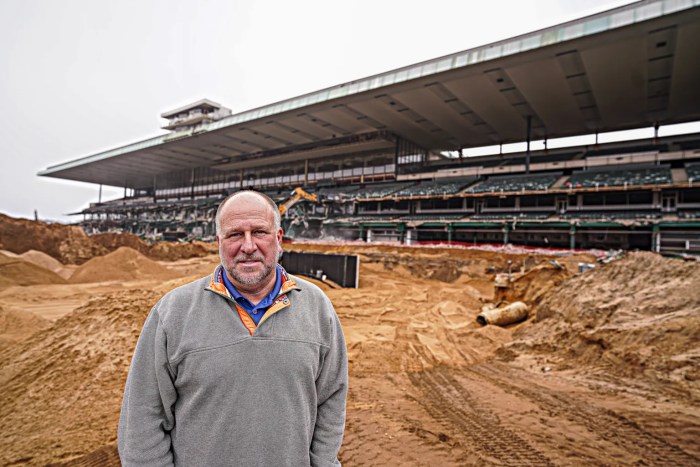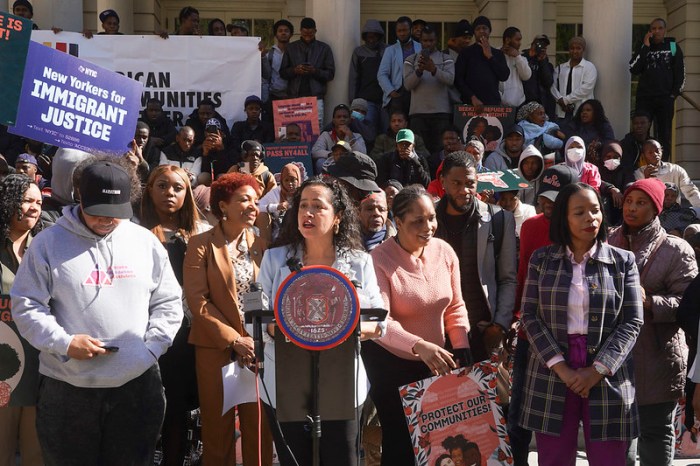By Bob Harris
A friend invited Edna and me to a showing of the movie “The Pianist,” by Roman Polanski. It was presented at the Museum of the Moving Image in Astoria by the Holocaust Resource Center and Archives, Queensborough Community College, with the support of Time Warner.
The movie is about a celebrated composer, Polish-Jewish pianist Wladyslaw Szpilman, who survived the Nazi occupation of Warsaw between 1939 and 1945. The movie is graphic in its portrayal of the cruelty, terror and inhumanity of the Nazi occupation of Poland.
It is billed as “a testimony to the power of music, the will to live and the courage to stand against evil.” Incidentally, Polanski escaped from the Krakow ghetto as a 7-year-old by squeezing through a hole in the wall.
The brutal scenes of killing, starvation and brutality have been seen in previous movies, but this film is also important to remind the younger generation of what can happen if we let racism, bigotry and genocide go unchecked. The scenes of Nazis randomly killing Jewish citizens of Warsaw, the people starving, the daily insults and people being pushed into boxcars to be taken to the death camps are shocking.
As a social studies teacher, I have taught lessons about the Holocaust. One movie I used was the French film “Night and Fog.” It is in French with English subtitles and shows scenes from the concentration camps.
While in the Army in San Francisco, I was trained as a projectionist and was given access to the Army film library in Presidio. Often I would bring films back to the headquarters where I was stationed, across the Golden Gate Bridge in Fort Baker, and show movies to the men.
While there were military newsreels about weapons and even how to destroy a tank with a Molotov cocktail, there were films about the concentration camps. These films made me realize the horrors of totalitarianism.
It is so easy to slip into cruelty or even genocide. During the Crusades, crusaders killed the Arab inhabitants of the Middle East, which is remembered today. The Children’s Crusade during this time led to children being sold into slavery. The Russians killed the Poles and the Poles killed the Russians. The Jews were persecuted by all.
In modern times the settlers in our country considered the American Indians barbaric and they were killed. In turn, the American Indians killed the settlers and scalped them. In Northern Ireland the Catholics and the Protestants kill each other. We bought Africans slaves and treated them badly here.
In Spain, the Basques in the north use terror to try to obtain an independent country. The Indians and Pakistanis kill over the province of Kashmir and their different religions. In African countries, rebel groups resort to terror and mutilation to obtain control of areas. Tribes kill members of other tribes.
In Israel, Palestinians kill Jews and then Israel retaliates against terrorist groups. During World War II the Japanese killed many people in different ways and we put Japanese Americans in camps because of who they were.
We pride ourselves on our diversity, but the mixture of the many different ethnic and religious groups here is often a cause of misunderstanding and hatred. The New York Police Department categorizes incidents as criminal actions or as bias crimes. We try to teach tolerance in our schools, but problems persist.
Let us hope there are few acts of or no acts of terrorism against the Arabs and Muslims here as the war with Iraq continues.
While in Australia last summer, Edna and I were exposed to intolerance. While riding the Skyrail above the rain forest near Cairns, we shared a cable car with an older Australian couple. They could tell we were from the United States. We talked about things in the United States and Australia.
After a while the women burst into a tirade against the Aboriginal people, saying they are demanding too much. Like our early settlers, Australia’s settlers had killed the original inhabitants. I guess the tirade had been set off because we were coming to the end of the line and below us was a newly built Aborigine center called Tjapukai. We later visited it and found the history and culture very interesting.
Things are changing. New Zealand was originally settled by Polynesians. The European settlers had treated them badly and taken away their land; however, today New Zealand inhabitants have to study both the English and Maori languages in school. We managed to see Maori dances in the Auckland Museum just before we flew home.
Queensborough Community College’s Holocaust Resource Center has a collection of resource guides teachers can use, as well as a research library and many exhibits. The center is raising money to do more. William Shulman is the director.
“The Pianist” is about one man who survived. Many immigrants survived horrors and have come here for a better life. At the end of the war, Szpilman was just one of about 20 Jews alive in Warsaw, out of a prewar population of 360,000 and a ghetto of 500,000.
When the war began, Szpilman had been playing Chopin’s music on the radio. He played it again right after the war was over. I played a tape of Chopin’s music from “The Pianist,” which was given out at the showing, as I typed this column.







